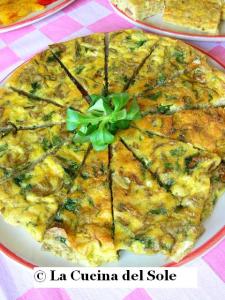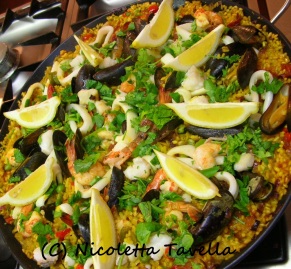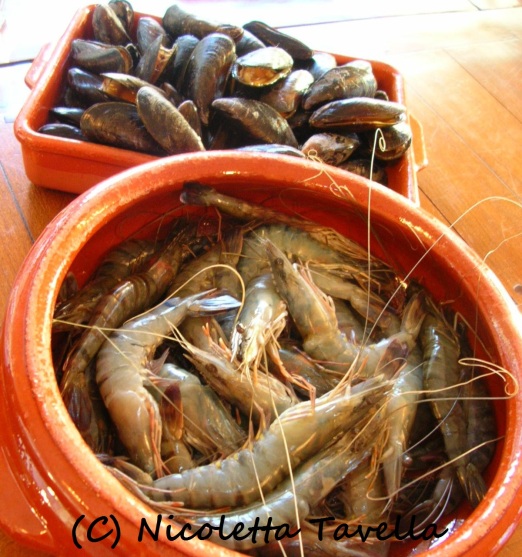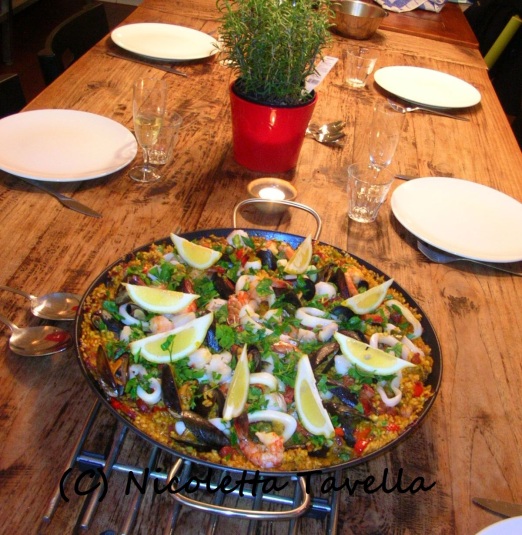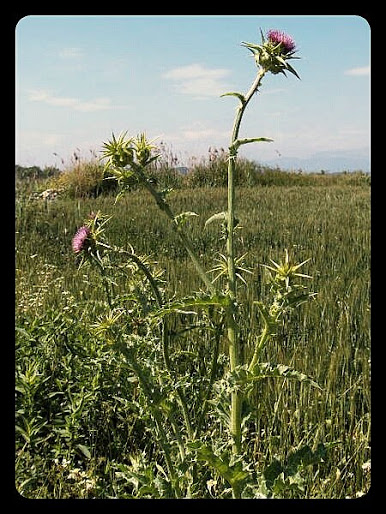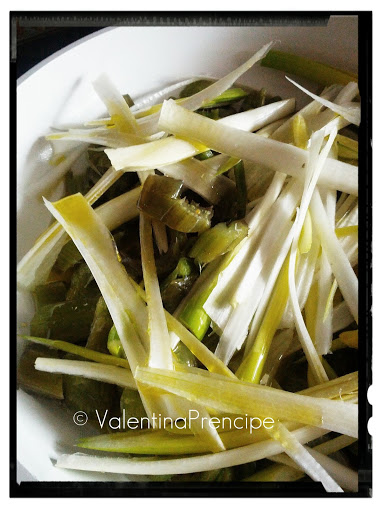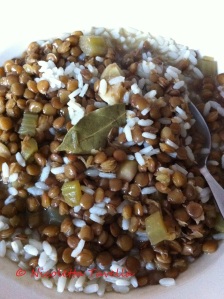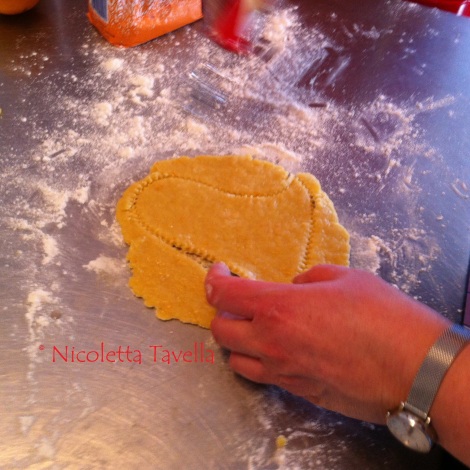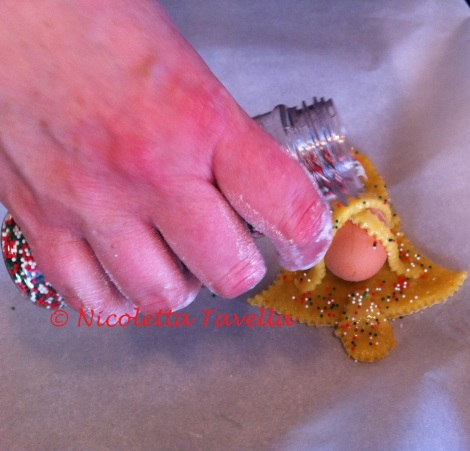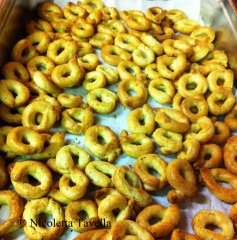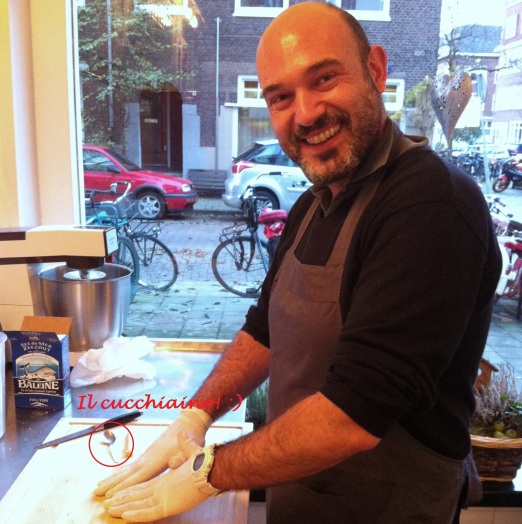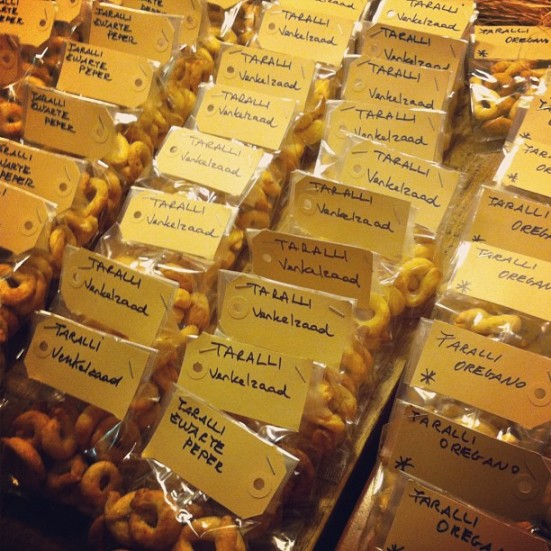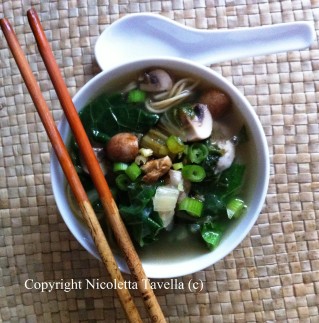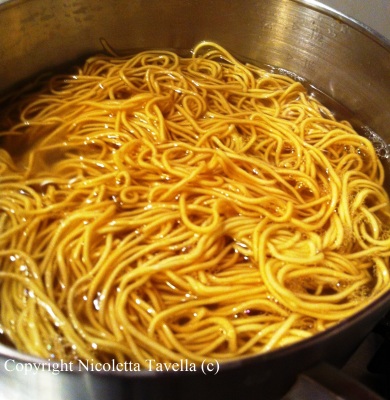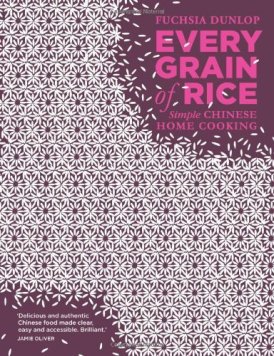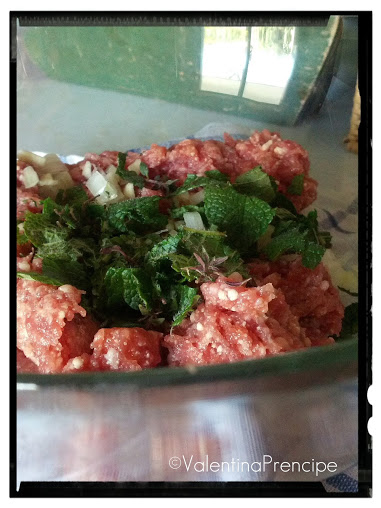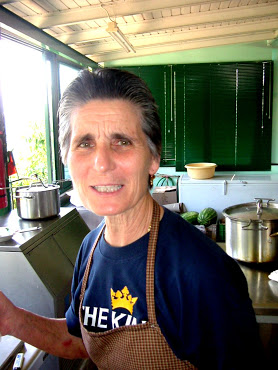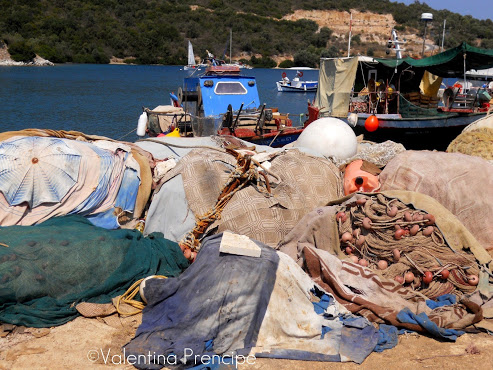Dopo la frittata ecco in’altra ricettina facile facile coi carciofi piccoli, quelli tipici nostri, italianissimi e facili da pulire e da preparare come quelli violetti o quelli pugliesi, meravigliosi e senza spine (proprio quelli che ho usato per fare questo piatto, ne avevo portati con me ad Amsterdam due chili già puliti dalla mia mitica mamma l’ultima volta che sono stata a Bari, a inizio maggio).
A differenza dei carciofi ripieni della mamma di Valentina io non ci metto il pane né le uova e li faccio in modo del tutto “sicuro” e pentolaapressione-free. ;)
Puliteli rimuovendo tutte le parti dure e togliete anche la parte centrale che solitamente contiene un po’ di fieno – per questa operazione potete usare un cucchiaino – per fare spazio al ripieno, riempiteli e poi stufateli in pentola. Niente di più, niente di meno, facilissimo. E se non calcolate il tempo necessario alla pulitura sono pronti in un batter d’occhio! Soprattutto se si ha una mamma che li pulisce. ;)
Carciofi ripieni stufati
Per 4 persone (contorno)
Ingredienti:
8 carciofi piccoli, puliti
30 gr. di pecorino romano grattugiato
30 gr. di Parmigiano o Grana grattugiato
2 spicchi d’aglio piccoli, sbucciati e tritati finemente
1/2 manciatina di prezzemolo tritato
olio EVO
sale e pepe nero macinato
Rimuovi la parte interna (quella col fieno) dei carciofi con un cucchiaino. Fa’ in modo che vi sia abbastanza spazio per almeno 1-2 cucchiaini di ripieno.
Pareggia le basi dei carciofi con un coltellino in modo che risultino piatte consentendo ai carciofi di restare dritti all’interno della pentola.
Mescola pecorino, parmigiano, aglio e prezzemolo tritati, poi aggiungi un po’ di pepe nero macinato di fresco e mescola ulteriormente.
Riempi i carciofi con questa mescola e mettili in una pentola abbastanza alta e dal fondo spesso (io ho usato una piccola Le Creuset).
Aggiungi 2-3 cucchiai di olio d’oliva e 1 dl d’acqua, condisci con un po’ di sale e copri.
Stufa i carciofi per 15-20 minuti tenendo il coperchio sulla pentola e servili ben caldi.
ENGLISH
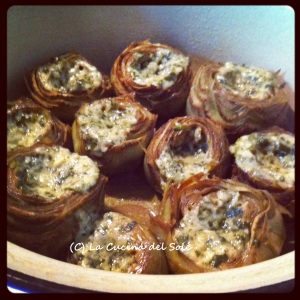 After the frittata here’s another very easy recipe to prepare with small artichokes, the ones you can buy in Italy and France the violetti/violets, for example. The ones you can buy in Puglia are perfect, beautiful and thornless, and those are exactly the ones I used for this recipe since I brought with me 2 kg. of these little beauties last time I came back from Bari at the beginning of May (courtesy of my Mum who always gives me clean artichokes to take home when it’s season, LOVE her!)
After the frittata here’s another very easy recipe to prepare with small artichokes, the ones you can buy in Italy and France the violetti/violets, for example. The ones you can buy in Puglia are perfect, beautiful and thornless, and those are exactly the ones I used for this recipe since I brought with me 2 kg. of these little beauties last time I came back from Bari at the beginning of May (courtesy of my Mum who always gives me clean artichokes to take home when it’s season, LOVE her!)
Clean them (here you can see how) removing all the hard bits and the central part (for this you can use a small teaspoon) to make some space, fill them and then stew them in a pan. Nothing more than this. If you don’t count the cleaning part they’re ready in no time!
Carciofi ripieni stufati (stewed stuffed artichokes)
Serves 4 (side dish)
Ingredients:
8 small Italian or French artichokes, cleaned
30 gr./1 oz. grated pecorino romano
30 gr./1 oz. grated Parmesan or Grana cheese
2 small cloves of garlic, peeled and finely chopped
1/2 handful of flat-leaf parsley, finely chopped
extra virgin olive oil
salt and black pepper
Remove the inside part of the artichokes with a small teaspoon making sure you eliminate all of the hay. Make enough space for at least one or two teaspoons of filling.
Trim the bases of the artichokes with a small knife so that they’re flat and even and can stand in the pan.
Mix pecorino, parmigiano, chopped garlic and parsley together and add a little freshly ground black pepper, mixing further.
Fill the artichokes with this mixture and then place them standing in a deep enough pan with a thick bottom (I used a small Le Creuset).
Add 2-3 spoons of olive oil and 1 dl/0,4 cup of water, season with salt and cover with a lid.
Stew for 15-20 minutes with the lid on and serve hot.

